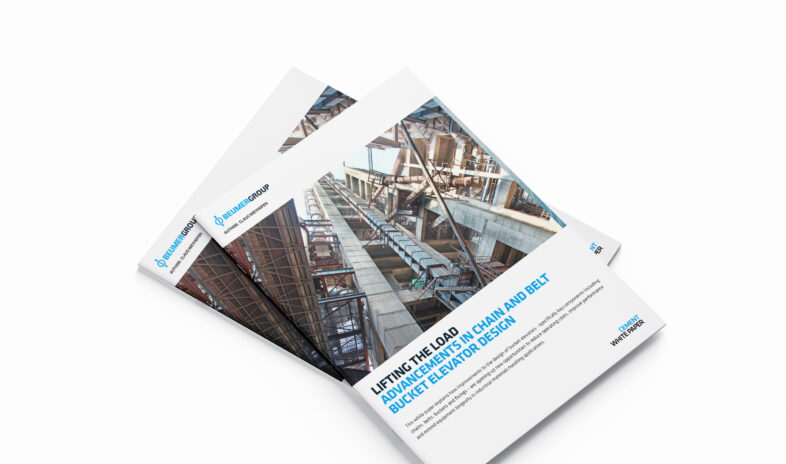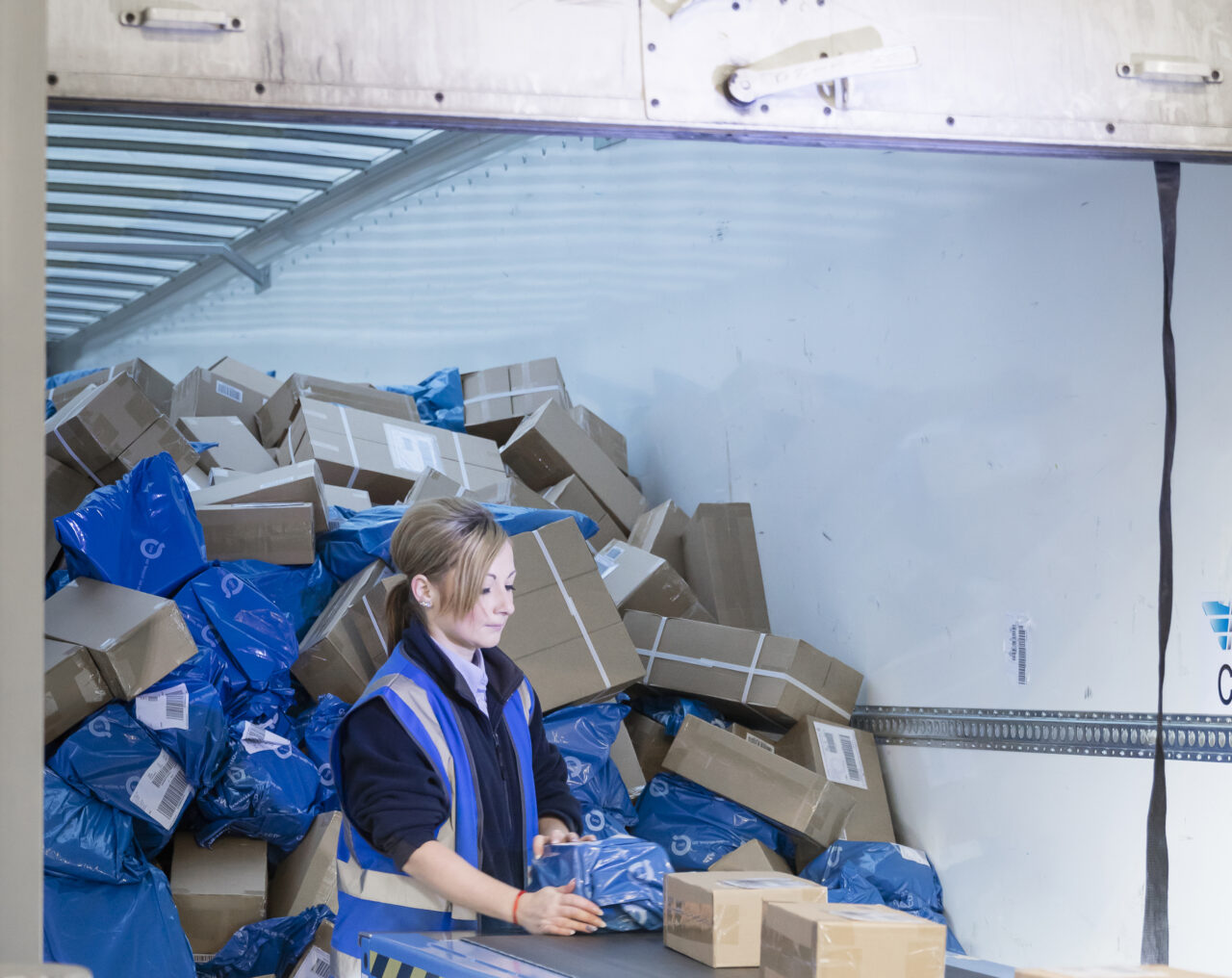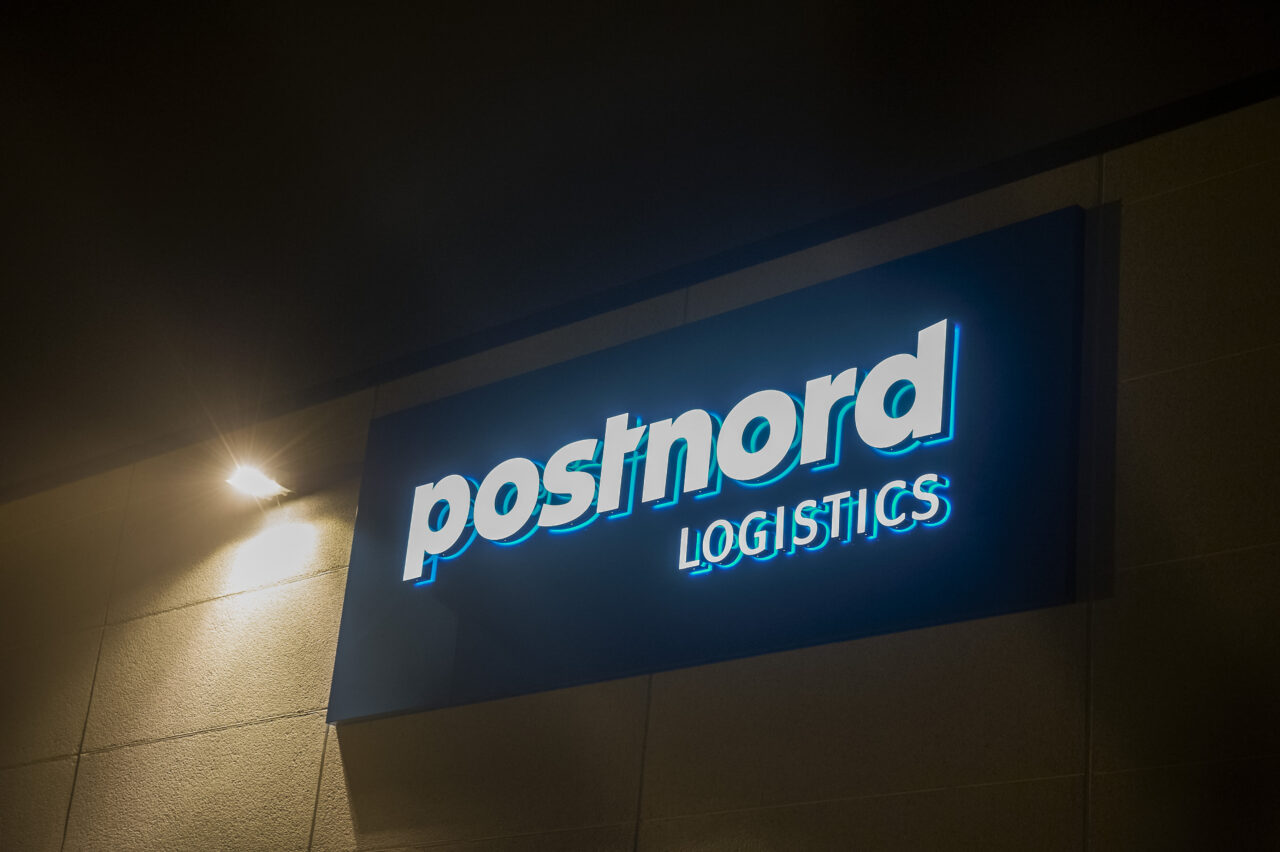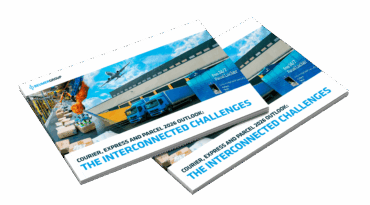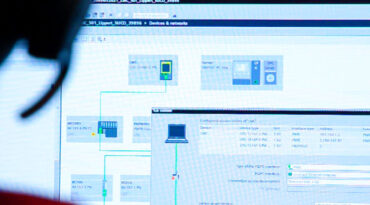AI-driven route optimisation
But now there is a new solution on the horizon: AI-powered route optimisation technology that can detect and advise on the most efficient route planning.
The AI-driven systems can analyse an incredible amount of data points and provide route planners with real-time input on how to deliver parcels faster and with less ‘transport of air’. An intelligent AI algorithm can learn based on past activities and be made available to the operator to support the scheduling, as noted in a study on artificial intelligence in the parcel industry conducted by Lufthansa.
In fact, by leveraging AI-based machine learning with data, some operators in today’s CEP industry are already positioned to identify situations when it is advantageous to delay certain parcel deliveries until there is adequate capacity in a truck.
The AI-driven route optimisation tools can highly effectively prioritise which items should go out for quick delivery and which should wait.
As a result, companies can get the most out of their trucks and the kilometres on the road while keeping cost per parcel delivery and air transport at a minimum.
Reduction of kilometres by five percent
Nordic postal and logistics provider PostNord is one of the CEP companies that has implemented a new loading system based on AI technology.
The system is expected to help PostNord reduce the number of kilometres driven by five percent. It is built on the company’s existing security cameras and an innovative AI algorithm based on “machine learning”.
In the visual shape of a 3D model, the cameras can show in real time how much each truck can be loaded with and how it must be loaded to make the most of the capacity.
Previously, the utilisation rate of the trucks was established by manual measurement, but the team responsible for planning the routes wasn’t sure they could rely on the data. So the decision was made to develop an automated solution that could provide a more accurate capacity estimation.
According to PostNord, the main objective of the AI project is to achieve significant improvements in the occupancy rate and savings from reduced driving distances. The KPI for the occupancy rate will be incorporated into planning, implementation and follow-up.
The company has indications that the number of kilometres driven can eventually be reduced by 5-10 percent as the system is fully developed and implemented. But interestingly, a reduction of kilometres by just one percent would pay for the introduction of the system in just three months.


